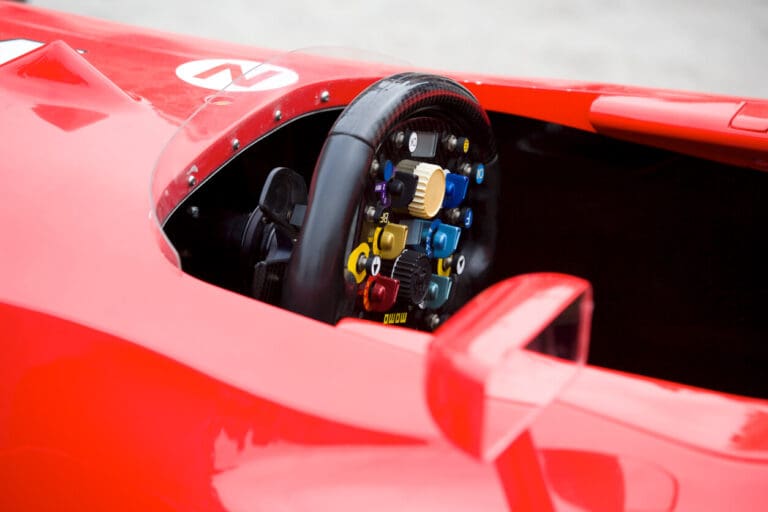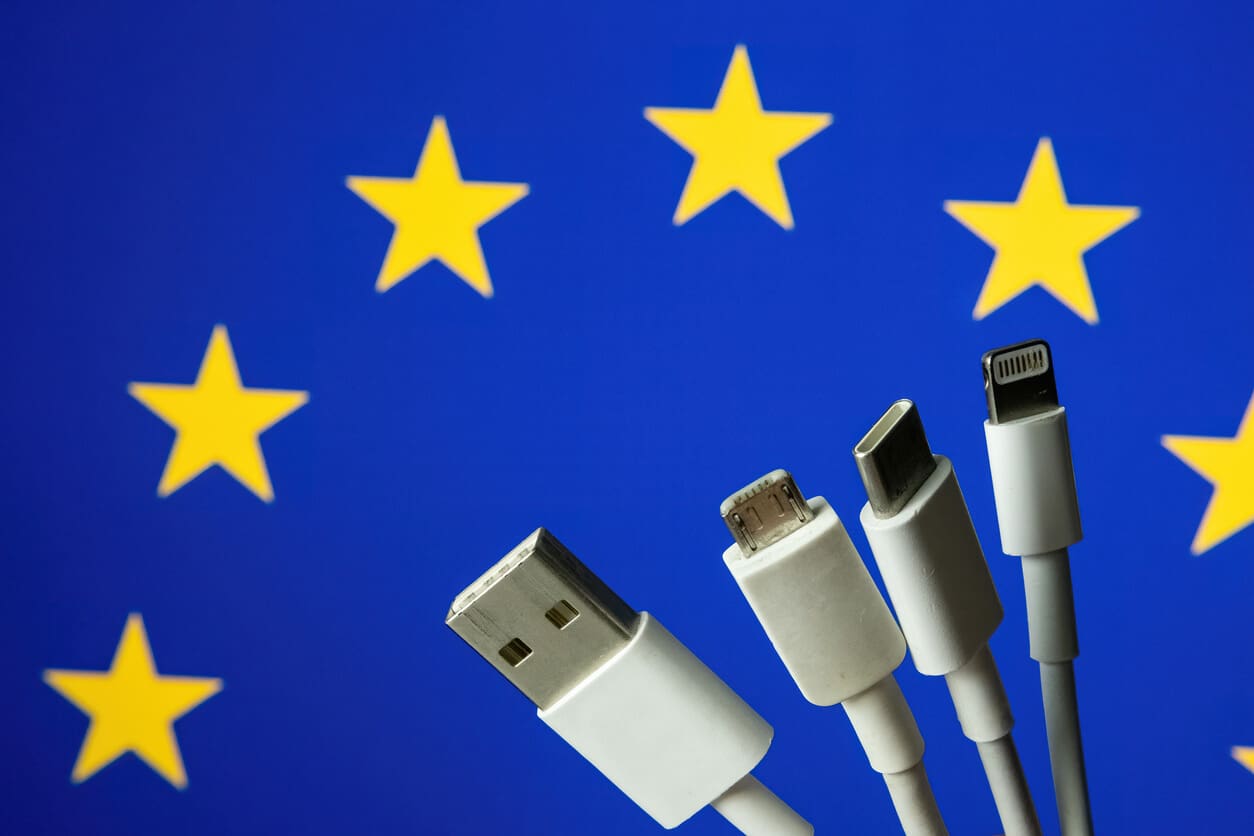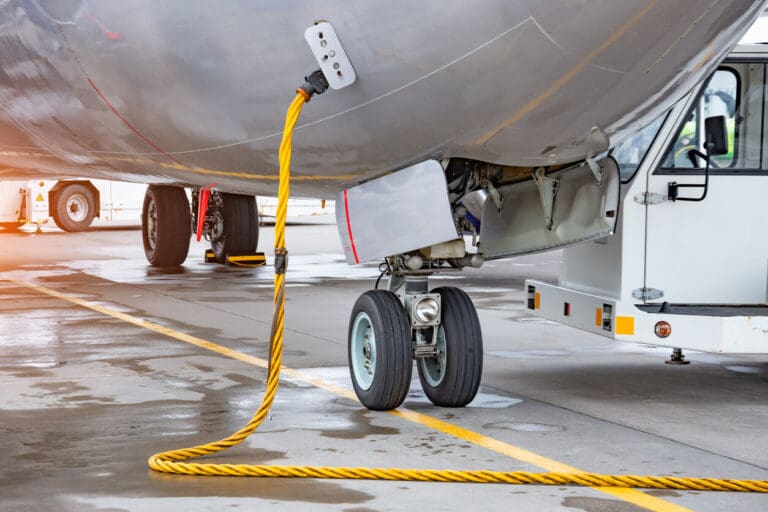
Are Motorsport Cables the Hidden Upgrade Behind Faster Lap Times?
Motorsport teams chase marginal gains in every area of the car, yet many still treat...
Read More
To access the European market, wire and cable manufacturers need to ensure a comprehensive understanding of the EU Construction Products Regulation (CPR). This regulation applies to any cables in any type of building so it has a very broad reach and it is vital if the EU market is your goal. Cable compliance with the CPR is a key part of ensuring the kind of compliance with EU law that will facilitate ongoing ties with the region.
It’s a regulation that has applied to any cable that is being used in construction since July 2017. The CPR has been a key step towards achieving higher fire performance requirements for power, control and communication cables and is designed to provide a single, central common language for all those working in construction and using cables. The purpose of the CPR is to make it easier to assess and clarify the different levels of fire performance of cables. This is achieved through the focus on transparency that its provisions deliver. It is also a crucial tool in creating a safer market across the EU.
If you want to ensure that you are compliant with the EU’s CPR then it’s essential to become familiar with the key provisions of the regulation. These are:
The CPR also allows for legal mechanisms to withdraw products from the market if they don’t comply with the CPR, as well as to prosecute those businesses and individuals involved in dangerous practices. That includes the creation of a product blacklist within the EU.
Any wires and cables in circulation in the EU market need to be compliant with the CPR. As these provisions show, there is very little tolerance for those in breach of this regulation and also the potential to be blocked from trading in the EU market where compliance isn’t being properly achieved.

Motorsport teams chase marginal gains in every area of the car, yet many still treat...
Read More
The wiring harness is a high-risk single point of failure in any complex system. If...
Read More
The wiring harness is the highest risk, lowest profile element in flight-critical infrastructure. When your...
Read MoreReady to talk cables, fibre or full network solutions? Get in touch with our team today, we’re here to help.